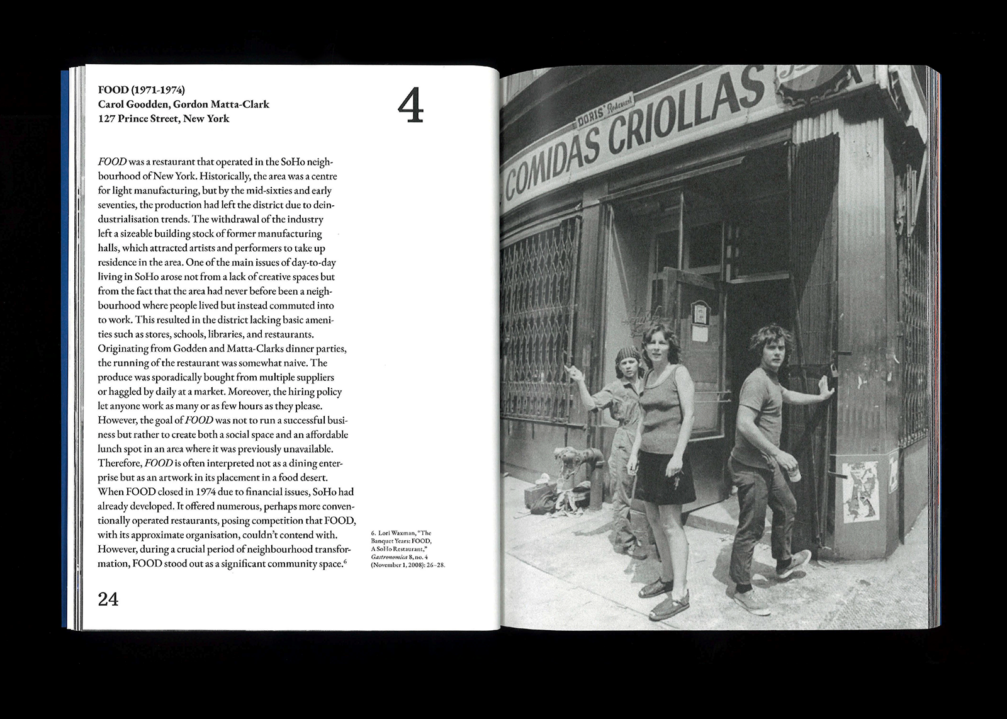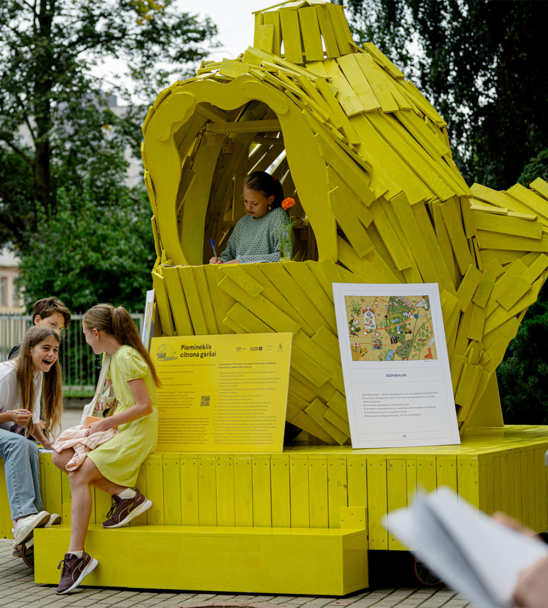
As part of his master’s thesis in architecture at the École Polytechnique Fédérale de Lausanne, architect and artist Pauls Rietums explores Riga’s empty houses and vacant lots, searching for an answer to the question of how we can revitalise the neglected places of a shrinking city. The book Vide is a thought-provoking narrative in which the author’s observations are interspersed with theory and various examples of development scenarios, foregrounding the lived experience of the city’s inhabitants.
According to the Central Statistical Bureau of Latvia, Riga’s population has declined by 30% since the early 1990s — proportionally the largest population drop among European capitals. This has, of course, also had an impact on the urban environment — according to 2021 data, 15% of housing in Riga is unoccupied, reaching 55% in the Old Town. It should also be noted that this figure does not take into account commercial and other premises, which are similarly affected. As Riga’s population declines, we can expect to see more and more vacant properties in the city.


The title of Pauls Rietums’ book, Vide, plays on the coincidence between the Latvian and French languages — in Latvian, the multilayered «vide» (translating to «environment») sounds quite casual in French as «empty!». Although the starting point of the work lies in statistics, the aim of the book is not to look at quantitative population changes that have taken place as a result of political and economic changes. Rather, the book focuses on the qualitative characteristics of these changes from a sociological perspective, exploring how empty buildings and plots can enrich the experience of urban dwellers. By looking at the stories of several of Riga’s empty properties, Pauls compares different approaches to their development (or stagnation) — from long-stalled development projects to the creation of a new community on an empty site.
Paul points out that in a depopulated and de-industrialised city, empty space often becomes a hopeful financial instrument, looking to the past and the future, becoming less and less like a living space. When thinking of empty buildings, nostalgia for the glamour of the past is interspersed with expectations of grand and profitable development projects, but these expectations are often a naive fantasy. With a shrinking urban population, we may find that we have more empty space than is economically necessary, which means that we cannot count on profitable development projects that will also improve the quality of the urban environment. Instead, the author encourages us to look for ways in which we can share and use space to create a more multi-layered, qualitative, and collaborative everyday experience in the city.


The book consists of two volumes in which the author draws parallel threads of demography, sociology, architecture, and art history, constructing the work as a unified exercise in information curation. The first book describes Riga through statistical graphs, subjective walks, and their photographs, which weave their way through an academic text. Pausl points out that architectural practices are no longer primarily based in construction, so the second part collects sidetracks, or a number of art projects associated with empty space. These sidetracks of thought, numbered separately, lead to the second volume of the work, which reads as a parallel set of references, and bring the reader back to the main text.
The book is published under a Creative Commons licence, and the text is available here. You can follow Pauls Rietums’ work on his Instagram account.













Viedokļi